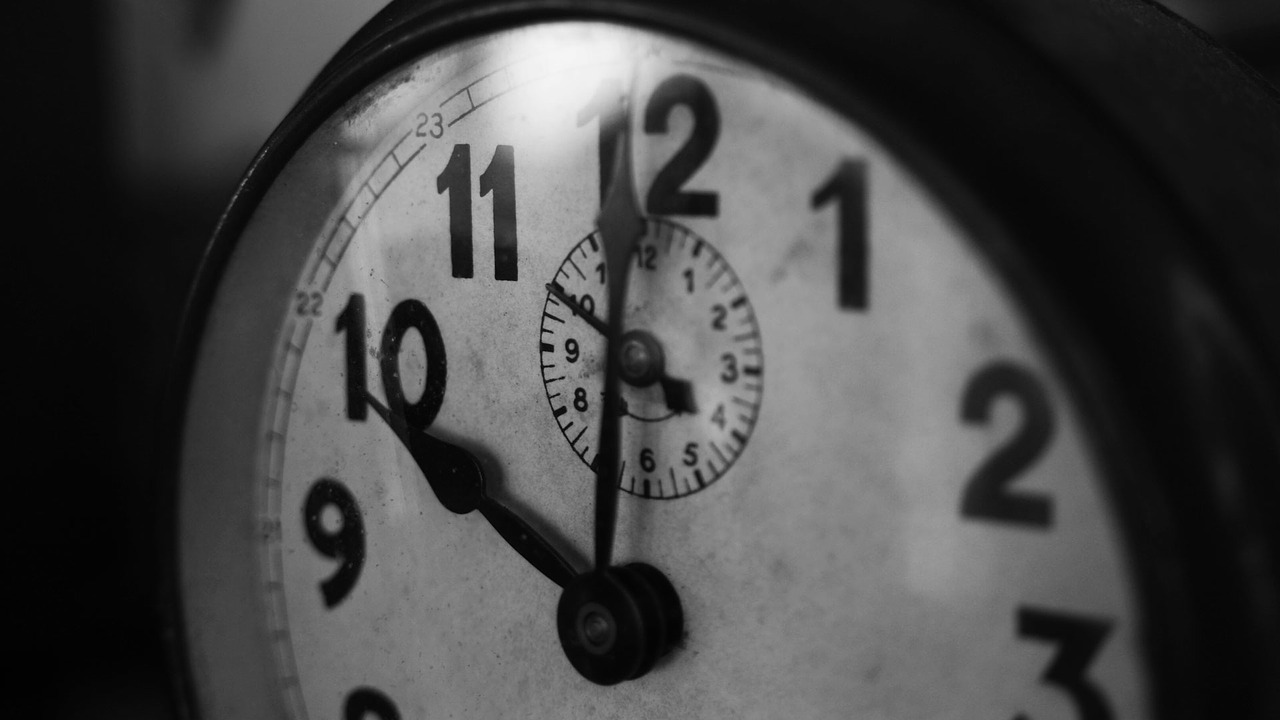Every second counts on the Internet. And the time your site can be reached by visitors influences directly your business success. Indeed, most people expect your site to load in less than 2 seconds. And nearly half of them leave the site if it takes more than 3 seconds to load. Moreover, slow response time influences your SEO badly.
The speed of your site can be checked by various means, e.g. PageSpeed Insights. To do a more profound check of user-friendliness, you can put your site to a Google Mobile-Friendly Test.
Next, we will look into 10 reasons for a site slow response time and how to fix them.
1. Poor Host
Before trying to find issues on the site itself, take a closer look at your hosting. Your site is located on a server, so the speed of the site depends on the server response time. Most of the free or cheap hosting services use shared hosting, which server resources are shared with a bunch of several sites. So, if speed is of great importance, you should consider the move to a dedicated server when all the resources are at your service. Of course, it is more expensive, but such hosting services are not only safer (sites on a shared server are several times easier to hack) but also add up to speed greatly.
2. Your Server is Not Where It Has to Be
It is quite obvious that the more distant the server is, the more time it takes to exchange information with. So, if your target audience is in the USA, for example, it’s a good idea to find a server there as well.
But if you intend to reach a worldwide audience, make use of the content delivery network (CDN). CDN places copies of static content (images, scripts, and videos) on servers around the globe. So, the site visitor will obtain them from the nearest server.
3. Wrong WordPress Theme
What is great about WordPress is that it has a huge number of free themes. But as they all are of a different quality level, you might have chosen a “heavy” theme. Choosing the WordPress theme, you should pay attention to the file size (ideally less than 2Mb). You can also try to install it on a demo site and run it through a speed checker (we are looking for less than 3 seconds) and check how many HTTP requests the demo site makes (preferably fewer than 60). It is not a good idea to install a third-party WordPress theme (downloaded from the suspicious websites or with bad reviews) as this may lead to catching viruses or spyware.
4. You Refuse Updates
Constant plugins, themes or WordPress core update notifications sometimes can be annoying. But you shouldn’t neglect them, as they often come with performance improvements. You can use Updater plugin to automatically check and update WordPress website core with all installed plugins and themes to the latest versions. Save your time and stay up-to-date!
5. Redundant Homepage
Your homepage redundancy may also lead to slow response time. Don’t try to shoehorn all information you have to the homepage and decorate everything with an excessive number of widgets.
6. You’re Not Caching Your Site
Caching allows you to gain 2-5 times increase page loading speed for regular visitors. To make this process automatic, you may use plugins (e.g. W3 Total Cache or WP Super Cache).
7. Too Many Plugins
A great number of active plugins on the website slows down your site response time significantly. Try to limit their number (at least to 5-10) or replace them with their more “lightweight” analogs.
8. Your Images Aren’t Optimized
The case is similar to that with plugins. It takes time to request and then load all your images. That’s why their size does matter. Preferably, use JPGs instead of PNGs as they already come compressed. It is logical to make your images the same width as your web page is (in most cases, it is 800px, depending on the theme chosen). As for the compression itself, fairly standard is 72 DPI (dots per inch). Here, WP Smush plugin may be helpful. It allows compressing new images automatically as well as already existing ones. And don’t forget to protect your images from hotlinking, unless you want to share them at the cost of your own site performance.
9. Minify and Compress Files
Some of the CSS files can be dozens of pages long, including a huge amount of unnecessary extra spaces, line breaks and other information which site doesn’t need to load. All these slow down your site. Compress CSS and minify JavaScript to shrink file sizes and speed up your site.
Same as CSS and JavaScript files, other elements of WordPress can be optimized by deleting unnecessary code. This is called “gzip compression”. Enabling gzip compression may improve your site response time up to 90%!
10. Render-Blocking JavaScript
It sometimes happens when a browser attempts to load a web page and comes across a script it has to execute before it can continue loading (e.g. external widgets such as Twitter or Facebook). This slows down loading and may cause a browser to attempt to load a page several times. If this happens, you will have to spend some time coding.
Hope we could help you find out the reasons, why your site is slow and improve its response time. Make sure your website isn’t letting you down!
If you are unfamiliar with coding but want to make the most of your WordPress site, contact us to see how we can help.


